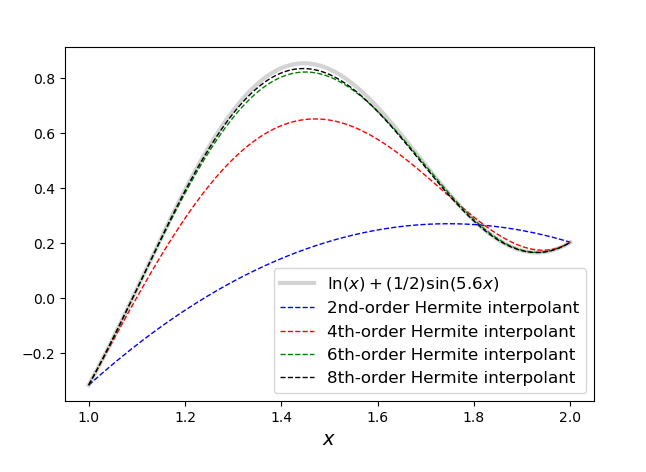
John Ryan Westernacher-Schneider
I am a computational astrophysicist who develops and applies numerical methods to study compact objects and their environments. My focus lately has been to predict the electromagnetic signatures of binary accretion. Combined with large-scale monitoring of quasars, such predictions will help reveal the elusive, cosmic population of massive black hole binaries produced following galaxy mergers.
High-Order Hermite Methods
for N-Body Calculations
Calculations of the motion of stars in a cluster around a central, massive black hole are prone to a considerable loss of numerical precision, owing in part to the extreme mass ratio between a given star and the central black hole. This loss of precision compromises our ability to estimate the rate of production of hypervelocity stars by the central black hole via the Hills mechanism. I am exploring the suitability of high-order Hermite methods for addressing this difficult problem, whereby one can use repeatedly exploit the equations of motion with Hermite integration to increase simulation accuracy without necessarily increasing the stencil nor the number of time steps.

Accreting Massive
Black Hole Binaries
Galaxy pairs often merge together to form a new galaxy. The massive black hole in each of their cores gradually become gravitationally bound together. These “massive black hole binaries” can heat surrounding gas, which produces detectable light. This video depicts a simulation of such a binary, with an eccentricity of 0.45 and an orbital period of one year, showing the optical emission from the surrounding gas. The simulation was performed with the publicly available Sailfish code.
Numerics for the Future of Gravitational Wave Astrophysics
Future gravitational wave detectors are expected to detect merging neutron star binaries with an accuracy that challenges foreseeable theoretical models. Significant advancements in model accuracy are therefore needed to extract maximum information from future detections. One significant accuracy bottleneck is a crude treatment of the fluid-vacuum boundary at neutron star surfaces. I eliminated this bottleneck with a surface-evolving scheme, demonstrated in this video, that enables the use of extremely high-order accurate boundary methods. The scheme is agnostic to the interior method, and thus can be readily adopted in all production-level numerical relativity codes.